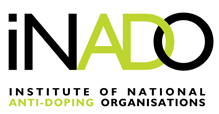In September 2023 the Canadian Centre for Ethics in Sport (CCES) reported an anti-doping rule violation against the Athlete Mohamed Aagab after his sample tested positive for the prohibited substance Recombinant Erythropoietin (RhEPO)
Following notification the Athlete gave a prompt admission, waived his right for a hearing, accepted a provisional suspension and the sanction proposed by CCES. Because the Athlete signed and submitted the Early Admission and Acceptance Form he received a 1 year reduction from CCES.
Therefore CCES decides on 2 November 2023 to impose a 3 year period of ineligibility on the Athlete, starting on the date of the provisional suspension, i.e. on 12 September 2023.
